They’re not just in your yard—they might be crawling into your home. Asian needle ants, armed with venomous stingers, are spreading fast. Unlike common ants, these invaders don’t just bite—they can trigger severe allergic reactions, even in people with no history of allergies. They’ve already conquered 20 U.S. states. From forests to back porches, they slither into mulch, crawl under doors, and nest in places you’d never expect. Scientists are raising alarms—not only for your health, but for native wildlife losing ground to these stealthy invaders. So, if you’ve noticed strange ants in your garden lately or felt a sting you can’t explain, keep reading. You might already be living with one of America’s most dangerous insects—and not even know it.
Alabama: Early Battleground
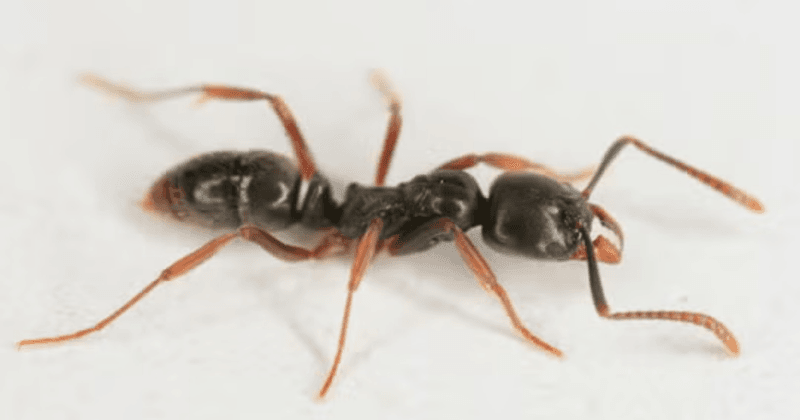
Amidst Alabama’s warm and welcoming landscapes, a new challenge arises. Asian fatal ants have made their mark on this state, creeping through cozy neighborhoods. Known for their aggressive behaviors, these ants disrupt the tranquil Southern lifestyle. Alabama’s residents find themselves combating these tiny invaders with innovative solutions.
From carefully placed traps to community awareness campaigns, the battle is on. The ants’ adaptability to various environments makes them formidable foes. Alarmingly, their numbers are growing, urging Alabama to be vigilant and prepared. Can the heart of Dixie halt this persistent invasion? This story unfolds in Alabama’s sunny setting.
Georgia: Ants in the Peach State

Georgia’s renowned peach orchards face a new adversary. Asian fatal ants have infiltrated this Southern gem, challenging farmers and homeowners alike. With their aggressive nature, these ants are not just a nuisance; they threaten Georgia’s agricultural pride.
Local communities rally together, employing creative strategies to protect their lands. The state’s rich history of resilience shines as residents tackle this unexpected foe. Through shared knowledge and resources, Georgia stands united against the small yet impactful invaders.
The question remains: will Georgia’s peaches continue to thrive, or will the ants take a bite out of its legacy?
Florida: Sunshine State’s New Residents
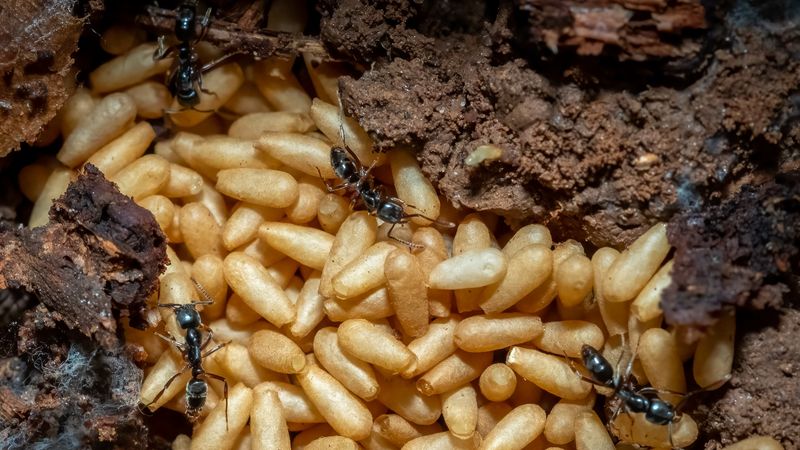
Florida’s sunny beaches and lush landscapes now host uninvited guests. Asian fatal ants are settling in, challenging the state’s vibrant ecosystem. Known for their resilience, these ants exploit Florida’s diverse habitats, from sandy shores to bustling cities.
Floridians, accustomed to natural beauty and occasional hurricanes, now face an intrusion of a different kind. Community efforts to manage the spread are in full swing. With proactive measures, such as public education and pest control initiatives, Florida aims to protect its environment.
What does the future hold for the Sunshine State as it grapples with these persistent invaders?
North Carolina: A New Frontier

The Smoky Mountains of North Carolina now harbor more than just scenic views. Asian fatal ants have ventured into this diverse state, presenting new challenges to its residents. Their presence in North Carolina’s varied landscapes raises concerns about ecological impact.
Local communities rise to the occasion, employing both traditional methods and modern technology to manage the ant invasion. Educational programs and collaborative efforts underscore the state’s commitment to preserving its natural beauty.
As North Carolina navigates this new frontier, questions linger: Can the state’s rich biodiversity withstand this ant onslaught, or will changes be inevitable?
Tennessee: Unwelcome Guests

In the heart of Tennessee, residents face a new challenge: the influx of Asian ants. These tiny invaders find their way into homes and gardens, disrupting the usual tranquility. With their persistent nature, they become a nuisance for homeowners, often appearing in large numbers.
The state’s diverse climate and terrain provide a perfect breeding ground for these ants. As they settle in, they displace local ant species, altering the ecosystem. Tennessee’s residents are advised to be vigilant, as these ants can cause significant structural damage to properties if left unchecked.
Virginia: A New Threat
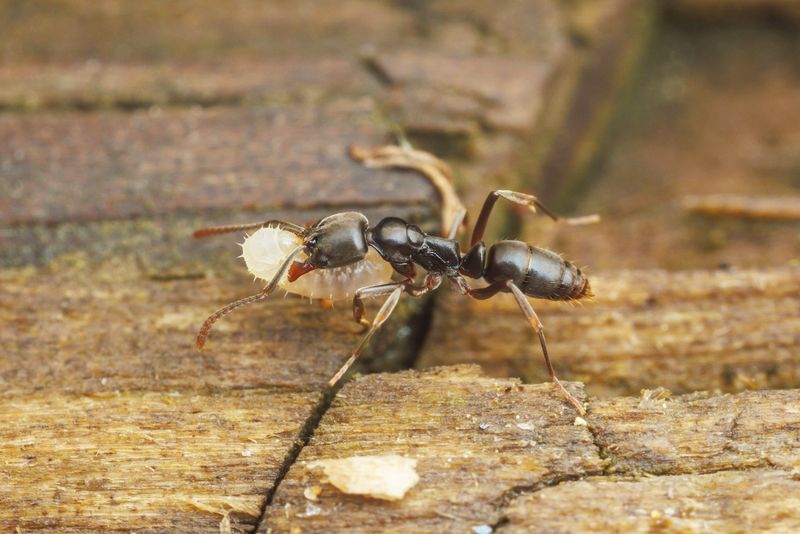
Virginia’s idyllic suburbs are now facing an unexpected adversary. The arrival of Asian ants poses a new threat to local biodiversity. These ants are known for their aggressive behavior, often outcompeting native species for resources.
Homeowners are finding these ants in gardens and yards, where they form large colonies. The presence of these ants disrupts the natural balance, leading to a decline in local insects. Virginians are urged to monitor their properties and seek professional pest control to manage the situation effectively.
Maryland: Suburban Invasion
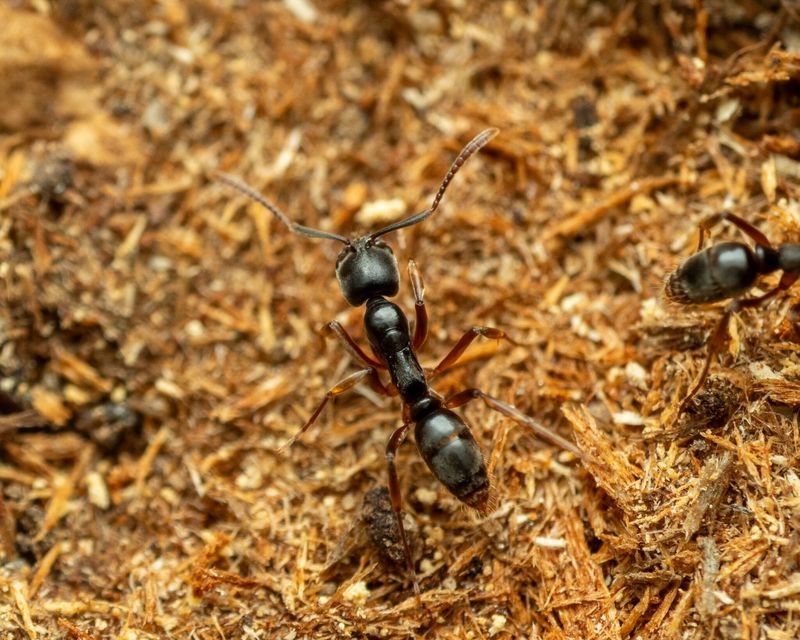
Maryland’s suburban neighborhoods are under siege by the arrival of Asian ants. These ants are not just a nuisance but also a threat to local flora and fauna. Their ability to adapt quickly to new environments makes them formidable invaders.
Local residents report increased sightings of these ants in outdoor spaces like patios and gardens. As they compete with native species, they disrupt the ecological balance, causing long-term effects on local biodiversity. Marylanders are encouraged to take preventative measures to protect their homes from these pests.
Massachusetts: Urban Challenge
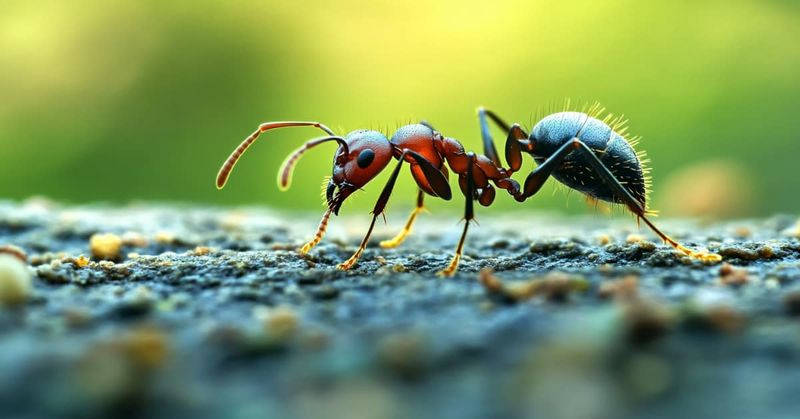
In Massachusetts, particularly around Boston, the urban landscape is not immune to the creeping threat of Asian ants. These ants have found their way into the city’s infrastructure, proving to be more than a minor inconvenience.
The ants are often seen in public areas, including sidewalks and building exteriors, where they find ample food sources. This urban challenge requires city officials and residents to collaborate on managing and mitigating the spread of these ants to preserve the city’s ecosystem.
Connecticut: Historical Encounter
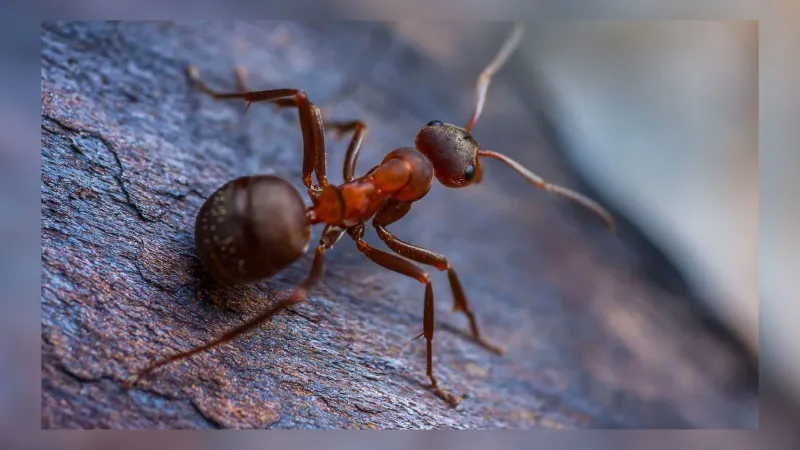
Connecticut’s relationship with Asian ants is a historical one, with past encounters now resurfacing. Although recent sightings are uncertain, the threat looms large over the state’s picturesque countryside.
These ants threaten the structural integrity of historic homes, gnawing away at foundations if unchecked. As residents reminisce about previous battles, they prepare to face this potential resurgence with caution and readiness.
New York: Urban Jungle

The bustling streets of New York City are no stranger to pests, but the Asian ants’ invasion adds a new layer of complexity. These ants have adapted to the urban jungle, finding shelter in apartment buildings and public spaces.
New Yorkers report ants congregating near entryways and kitchens, drawn by the abundance of food. The challenge for residents is to maintain cleanliness and employ effective pest control measures to keep these ants at bay.
Rhode Island: Coastal Concerns

Rhode Island’s coastal beauty is threatened by the presence of Asian ants. These ants have made their way to the sandy shores, impacting both ecological balance and the serenity of seaside living.
As ants establish colonies near sand dunes, they affect native species, leading to noticeable changes in the local ecosystem. Residents of the Ocean State are advised to monitor their property lines and seek professional help if infestations occur.
Pennsylvania: Rural Resilience
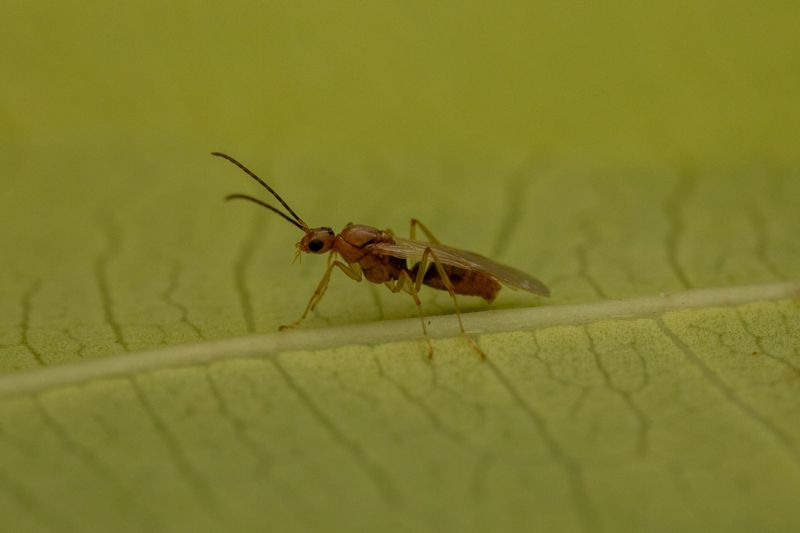
In Pennsylvania’s rural areas, the arrival of Asian ants is testing the resilience of local communities. These ants, with their invasive habits, find homes in barns and farmhouses, causing distress to farmers.
The ants’ presence disrupts the harmony of rural life, affecting crops and livestock indirectly. Farmers are encouraged to adopt integrated pest management practices to safeguard their livelihoods against these persistent pests.
Mississippi: Delta’s Unexpected Visitors

In the heart of the Mississippi Delta, an unexpected threat has emerged. Asian ants, with their menacing presence, are creeping into local homes. Residents have started noticing these tiny invaders crawling over their kitchen counters and floors.
This invasion is a stark contrast to the serene, lush green landscapes typical of the Delta. The ants’ aggressive nature and painful stings have left many homeowners concerned.
As they continue to spread, Mississippi’s ecological balance hangs in the balance. Authorities are now working to understand and manage this unsettling new reality.
Kentucky: Bluegrass State’s New Menace

Amidst the rolling bluegrass fields of Kentucky, a new menace lurks. Asian ants have been spotted trailing across hardwood floors, causing alarm among local residents.
These ants, with their persistent and invasive nature, threaten not only homes but also the cherished landscapes of the Bluegrass State. Their presence is a reminder of the constant challenges invasive species pose.
Efforts are underway to protect Kentucky’s unique environment from these tiny, yet formidable invaders. The battle against this new threat is just beginning.
Ohio: The Buckeye State’s Ant Struggle
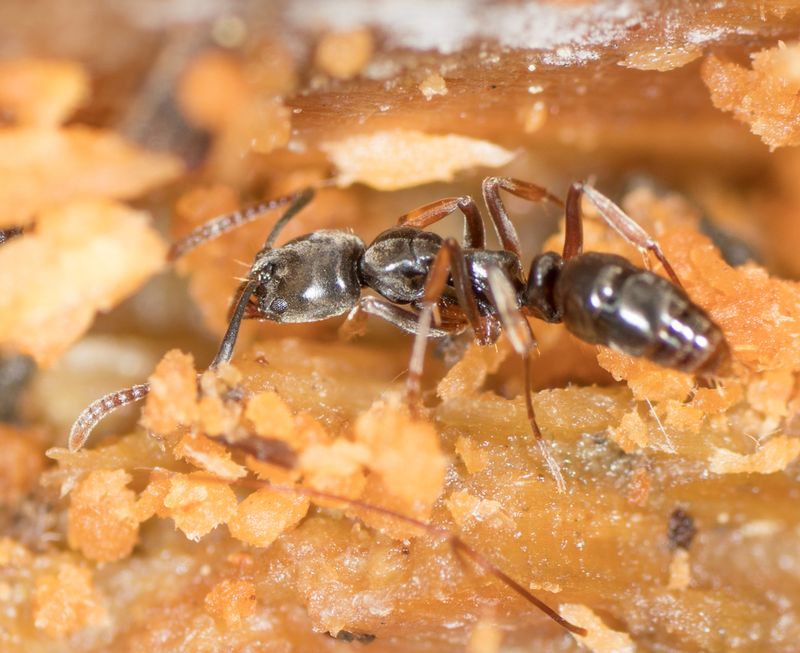
Ohio, known for its iconic buckeye trees, now faces a different kind of struggle. Asian ants have infiltrated gardens and homes, unsettling the peace of many residents.
These ants, driven by their relentless quest for food, have become an unwelcome presence in the Buckeye State. Their ability to adapt has made them particularly challenging to control.
As they establish themselves, Ohioans find themselves grappling with this new ecological dilemma. Community efforts are crucial in finding solutions to curb their spread and protect local habitats.
Arkansas: Natural State’s Unwanted Guests

In the dense forests of Arkansas, a new and unwelcome guest has arrived. Asian ants have begun to swarm picnic areas, catching the attention of both locals and wildlife experts.
These ants, with their aggressive behavior, threaten the natural harmony of Arkansas’s rich ecosystems. Their presence in outdoor recreational spots has raised concerns about the safety of both humans and native species.
Experts emphasize the need for vigilance and community action to prevent further spread. The state’s natural beauty now faces a significant ecological challenge.
Wisconsin: Ants in Dairyland

Wisconsin, famed for its dairy farms, now contends with a peculiar invasion. Asian ants have taken a liking to the state’s cheese storage areas, creating discomfort among dairy farmers.
The ants’ intrusion poses a threat not just to farm produce but also to Wisconsin’s agricultural identity. Their persistence in seeking food sources is a cause for concern.
Farmers and authorities are collaborating to develop strategies to protect the dairy industry from these invasive pests. The ants’ presence is a testament to the interconnected challenges of global ecology.
Indiana: Hoosier State’s Ant Challenge

In Indiana, where cornfields stretch to the horizon, a new challenge has arisen. Asian ants have been spotted on farmhouse porches, causing unease among rural communities.
These ants, known for their adaptability, have made themselves at home in the Hoosier State. Their impact on agricultural lands is a growing concern.
Efforts to combat the spread of these ants include community engagement and scientific research. Indiana stands united in addressing this ecological threat, seeking to protect its agricultural legacy.
Washington State: Evergreen State’s Ant Alert

In the lush, evergreen forests of Washington State, an ant alert has sounded. Asian ants have invaded hiking trails, raising alarms among outdoor enthusiasts.
These ants, with their aggressive tendencies, pose a threat to the state’s natural beauty and recreational activities. Their presence on trails is a reminder of the impact invasive species can have on cherished landscapes.
Environmentalists and hikers alike are urged to remain vigilant in reporting sightings. Only through collective awareness can Washington State protect its precious ecosystems from this invasive challenge.
Texas: Lone Star State’s Recent Sightings
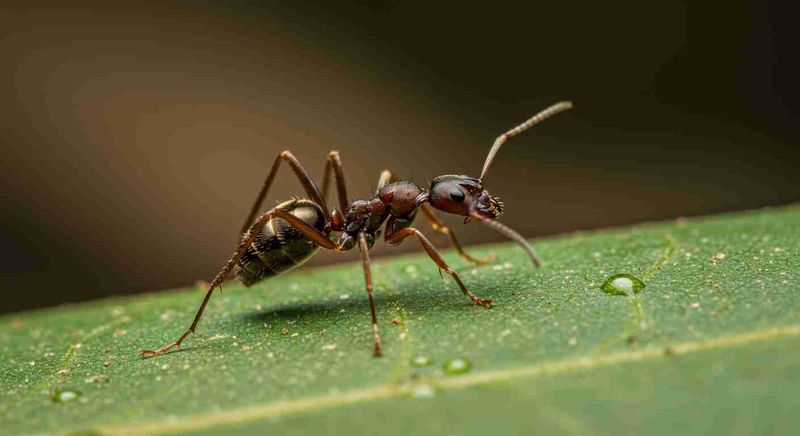
In the vast landscapes of Texas, recent sightings of Asian ants have stirred concern. These ants have been found near cattle ranches, posing a potential threat to livestock.
The Lone Star State, renowned for its wide-open spaces, now must contend with this encroaching menace. The ants’ adaptability and aggressive nature require urgent attention.
Texans, known for their resilience, are mobilizing resources to study and manage the situation. The challenge of these invaders is a test of both ecological stewardship and community strength.

